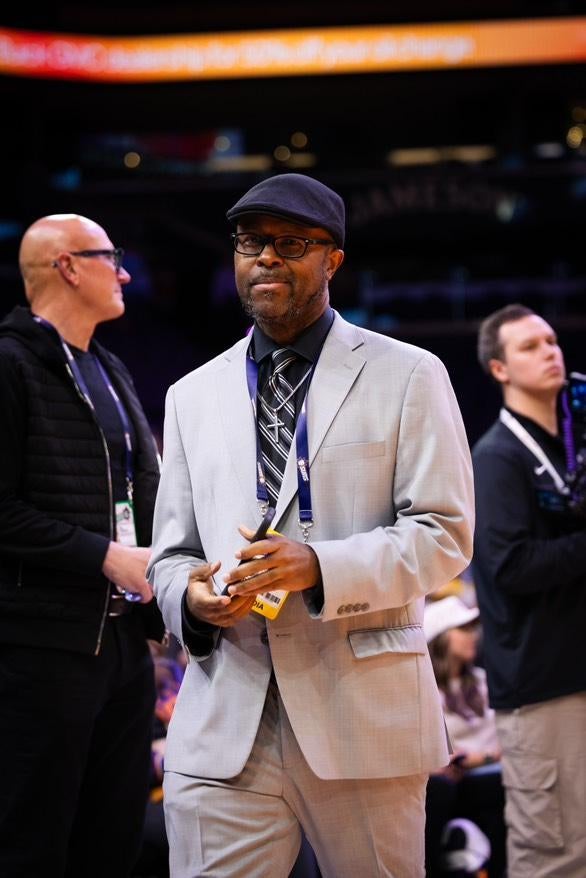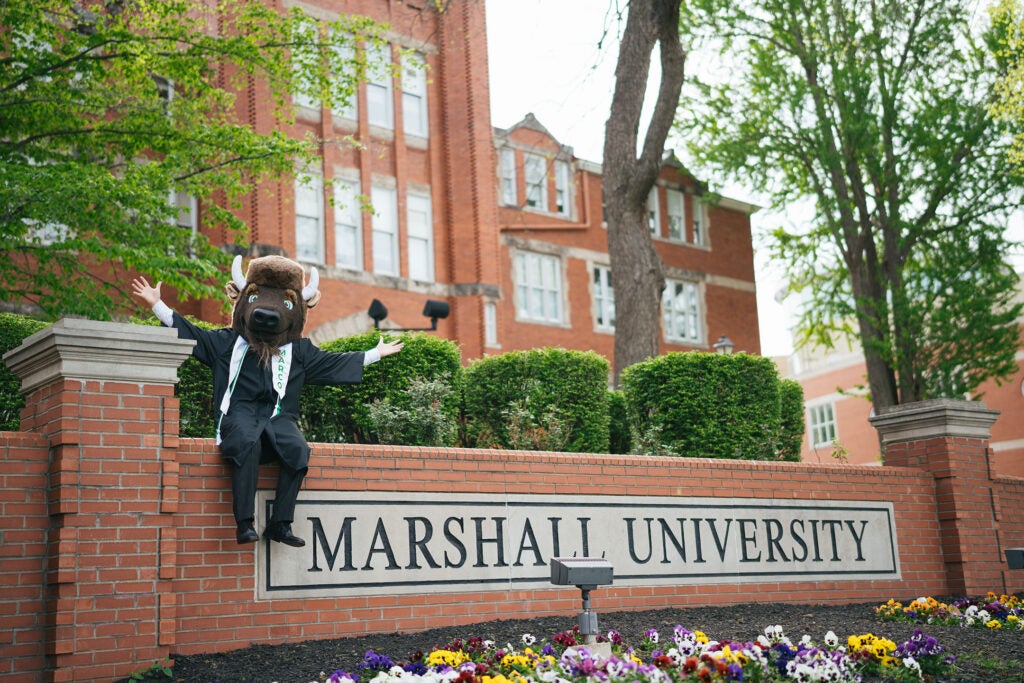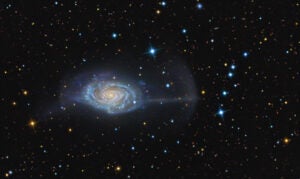
It’s the summer of 1969. Richard Nixon is president, Sesame Street debuts, and the Space Race is in full swing.
On the evening of July 20, in Nitro, West Virginia, a young R. Jay GaBany grabbed a 2.5-inch telescope to try to catch a glimpse of Neil Armstrong walking on the moon from his backyard.
GaBany’s academic pursuits would lead him to study just down the road at Marshall University, where his uncle worked as a history professor.
After he graduated in 1977, GaBany started a career in business, and he could finally afford his interest of astronomy. GaBany purchased a telescope just to view space and then had an idea.
“I want to try to take a picture through it and the whole thing was just really intimidating and it took some time for me to figure it out,” GaBany said. “I think was the hardest thing I ever learned in my life.”
GaBany said his undergraduate years at Marshall taught him patience—a necessary skill in astrophotography when you’re trying to take photos of galaxies millions of light years away.
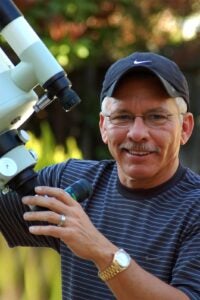
“You literally had to figure it out yourself and try to get other astrophotographers to reveal their secrets, and they were very reluctant to do that, not because they were trying to be competitive, but most astrophotographers were unsure about how they did things,” GaBany said. “They were terrified that if they started talking about their processes that someone would say well, ‘that’s wrong. You can’t do that.’”
GaBany said there’s not a lot of money in astrophotography so he spent his career in eCommerce working for Wells Fargo, Equinix, Symantec and more. He excelled there too, receiving five patents for innovations in the travel industry.
After a few years into his hobby, an astronomer named David Martinez Delgado contacted him, looking for stellar streams surrounding nearby galaxies for research about cosmological theory, how galaxies grow through attrition.
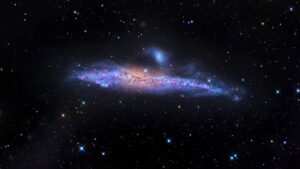
In 2010, the American Astronomical Society awarded GaBany the Chambliss Amateur Achievement Award for his research work about stellar stream detection with Delgado.
“I would either work on my own images and they would then take those and conduct measurements, or he would send me images from like Hubble or from some telescope where he had gained time and asked me to reduce the images and produce a picture that they could use in measurement,” GaBany said.
GaBany and Delgado ended up working together for 10 years and co-authoring academic papers and books.
“So that to me, was the whole experience of basically traveling around the universe with this guy,” GaBany said.
GaBany later shot an image dubbed the “Bubble Galaxy” which was eventually selected by NASA as the background image for the International Space Shuttle Mission Expedition 30 in 2011.
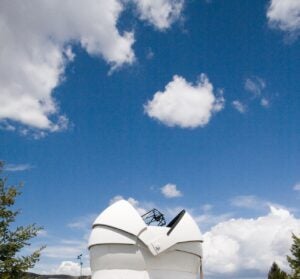
He captured the photo remotely from his house in San Jose, California, while he rented an observatory for his telescope in the California Sierra-Nevada Mountains near Alder Springs, California. He was able to point the telescope where he wanted to shoot and operate the camera remotely.
The Bubble Galaxy is located 35 million light years from Earth, that’s almost 206 quintillion miles away, or 206 with 18 zeroes behind it, or the distance around the Earth about 8 quadrillion times.
“Astronomy is a loose-leaf notebook, you know. You are constantly replacing pages, and you know even facts about the latest information in astronomy 10 years ago are obsolete now because it’s just such a fast-evolving science,” GaBany said.
In the fall of 2012, TIME magazine released a list of The 25 Most Influential People in Space in the New Space Discoveries, and named GaBany on the list, which also included famed astrophysicist Neil deGrasse Tyson. Not only was GaBany on the list—one of his photos was used as part of a composite on the book, Time New Frontiers of Space, published in July 2013.
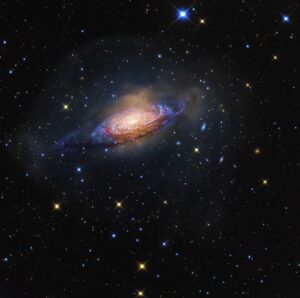
GaBany’s was also named on Parade magazine’s top 10 Most Influential People in Space in 2013.
Now retired from his business career, GaBany spends his days, but mostly his nights, searching for the next great shot of the galaxies.
For the upcoming lunar eclipse on Tuesday, September 17 and 18, GaBany purchased a new telescope and hopes to shoot a time lapse to show the shadow passing across the moon.
“The thing about astronomy to me, and particularly astrophotography, it’s addictive.
And once you get the bug, it’s unfortunately a fatal disease. You generally don’t lose it,” GaBany said.
To view more of GaBany’s work, visit cosmotography.com.


